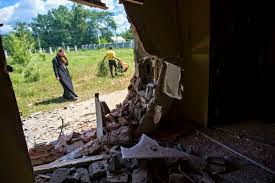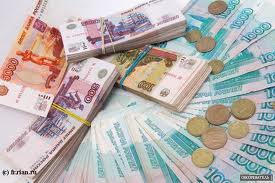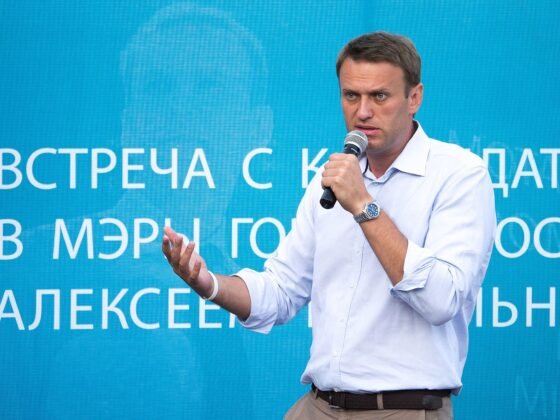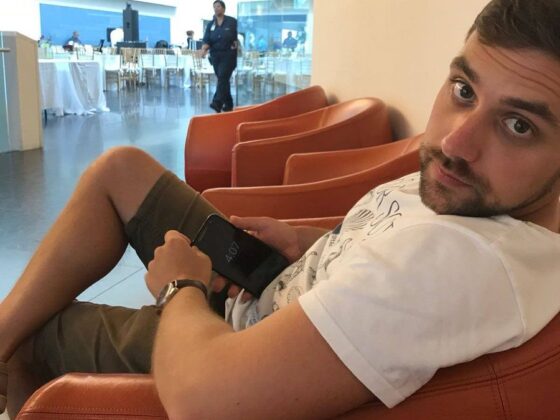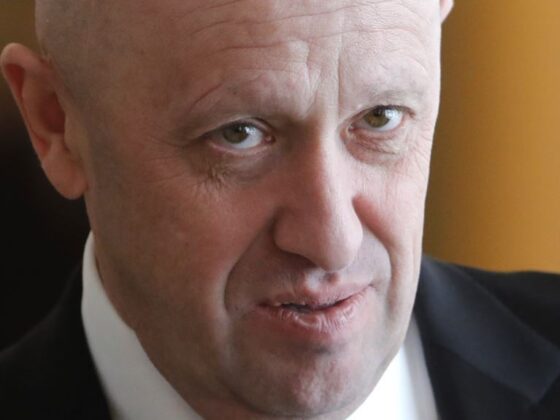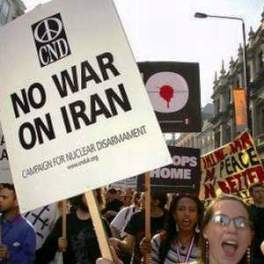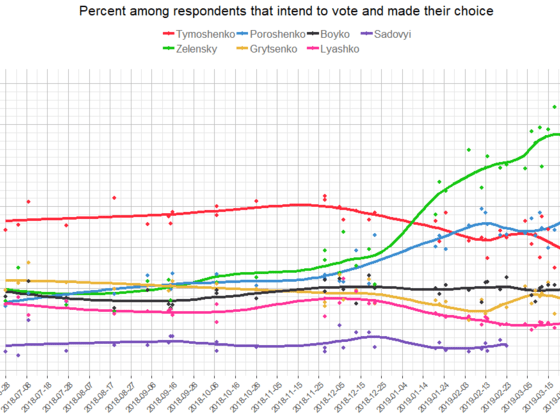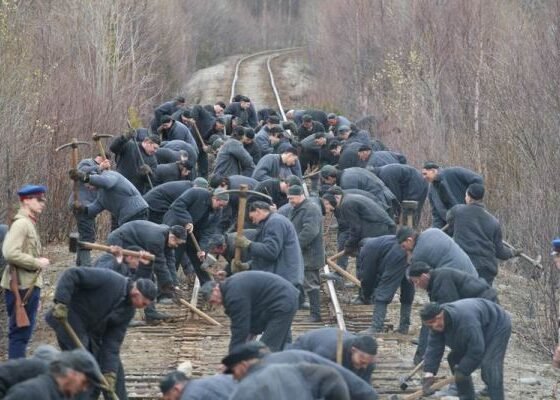(The Guardian) It was mid-morning when the bombs began to fall on Artyomove, a crumbling mining town on the frontline in eastern Ukraine. One mortar landed in Nina Dmitrievna’s garden. It flattened her fence. Another hit next door, gouging a large raw hole in a black plot of vegetables and rose bushes. “I saw it fly through the air,” she said, showing off the remains – a silvery tail-fin.
The mortar was fired from the nearby city of Gorlovka. In the spring, pro-Russia separatists seized a series of administrative buildings across Ukraine’s Donbass region, including in Dzerzhinsk, next door to Artyomove. In July, the separatists retreated, but they still occupy the two major cities of Donetsk and Luhansk and a chunk of territory next to the Russian border. […]
Olexiy Haran, a politics professor at Kyiv-Mohyla academy, said the Kremlin’s original objective was to control the whole of Ukraine. Instead, it ended up with a small eastern chunk, just 2% of the country overall. Haran said Kiev now had to decide whether to cut these occupied territories free, or to try win them back. For the moment it is doing both, supplying electricity and water to rebel towns, but not social benefits.
See the full article © The Guardian

